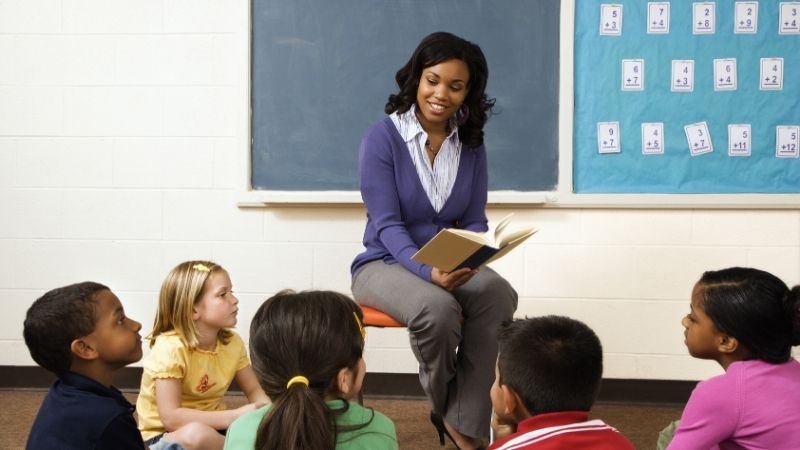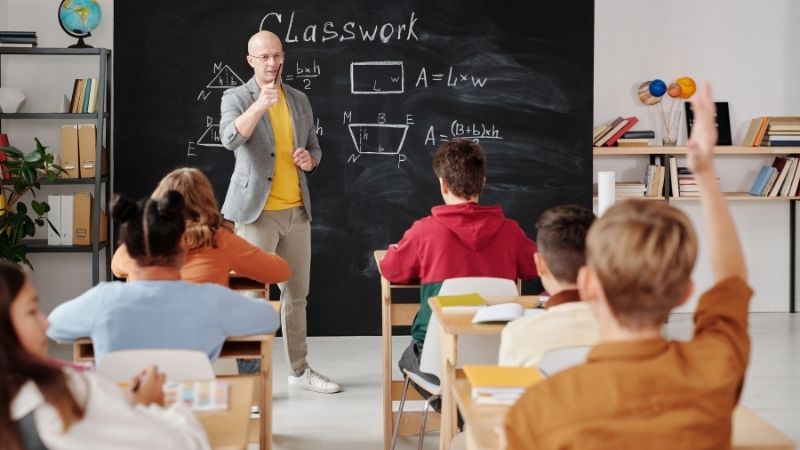
With the growing popularity of flipped classrooms, it is imperative to examine the efficiency of pre-recorded lectures, the materialized ideas behind in-class activities, and the stimulating nature of student-led discussions.
This article scrutinizes the authenticity of hands-on classroom tasks and encapsulates the scope of blended learning approaches.
By analyzing these aspects objectively and analytically, this study aims to provide evidence-based insights into the effectiveness of innovative teaching methods.
It is worth noting that these findings will be valuable for educators seeking freedom in their instructional strategies.
Key Takeaways
- Pre-recorded lectures with interactive quizzes increase student engagement and learning outcomes.
- In-class activities should promote active learning, collaboration, and hands-on experiences.
- Student-led discussions enhance understanding, critical thinking, and collaboration among students.
- Authentic hands-on tasks in the classroom promote task engagement and deep understanding.
The Efficiency of Pre-Recorded Lectures
The efficiency of pre-recorded lectures in facilitating learning outcomes is a topic that has received significant attention in educational research. Researchers have explored the effectiveness of pre-recorded lectures as a tool for student engagement and knowledge retention.
One study found that incorporating interactive quizzes into pre-recorded lectures increased student engagement, leading to improved learning outcomes. These quizzes allowed students to actively participate in the lecture material and assess their understanding of the content.
Furthermore, pre-recorded lectures provide flexibility for students to access and review the material at their own pace, which can enhance comprehension and knowledge retention.

Overall, the use of pre-recorded lectures with interactive quizzes has shown promise in promoting student engagement and improving learning outcomes.
This discussion on the efficiency of pre-recorded lectures transitions into examining the materialized ideas behind in-class activities.
Materialized Ideas Behind In-Class Activities
One aspect to consider regarding in-class activities is the conceptualization and implementation of these tasks. In order to promote active learning, it is important to design collaborative tasks that engage students in meaningful interactions with their peers. These activities should encourage critical thinking, problem-solving, and application of knowledge.
Additionally, incorporating hands-on experiences can enhance student understanding and retention of concepts. Collaborative projects, group discussions, and role-playing exercises are examples of effective in-class activities that foster teamwork, communication skills, and deeper understanding of the subject matter.
The Stimulating Nature of Student-Led Discussions
An important consideration regarding student-led discussions is the level of engagement and active participation they foster among students. These discussions provide an opportunity for students to actively contribute to their learning process and develop critical thinking skills. Research has shown that active participation in class discussions enhances students' understanding of the subject matter and promotes deeper levels of learning (Kuo et al., 2013).
In these discussions, students are challenged to think critically about different perspectives, analyze evidence, and articulate their thoughts clearly. This encourages higher-order thinking skills and helps students develop a more nuanced understanding of complex topics.
Additionally, student-led discussions create a collaborative learning environment where ideas can be shared freely, allowing for diverse viewpoints and fostering a sense of intellectual freedom among learners (Harris & Hofer, 2009).

Overall, student-led discussions play a vital role in promoting active participation and critical thinking in the classroom setting.
References:
Kuo, Y.-C., Walker, A.E., Schroder K.E.E., & Belland B.R. (2014). Interaction patterns in asynchronous online discussion: validating network measures within constructivist environments. Computers & Education, 72(1), 197-211.
Harris J.B., & Hofer M.J. (2009). Grounded tech integration: an effective approach based on content objectives. Journal of Technology Integration in the Classroom, 1(2), 35-44.
Scrutinizing the Authenticity of Hands-On Classroom Tasks
Scrutinizing the authenticity of hands-on classroom tasks requires an examination of the alignment between the task and real-world application. Authenticity evaluation is crucial in determining whether these tasks effectively engage students and provide them with meaningful learning experiences.
To fully grasp the importance of this evaluation, consider the following:
Task relevance: The extent to which a hands-on activity mirrors real-life scenarios or situations.

Practicality: The degree to which the task allows students to apply knowledge and skills that are transferable beyond the classroom.
Complexity: The level of cognitive challenge presented by the task.
By critically assessing these aspects, educators can ensure that hands-on classroom tasks promote task engagement and foster deep understanding.
This evaluation not only enhances student motivation but also prepares them for real-world challenges, equipping them with practical skills that transcend traditional academic boundaries.
Encapsulating the Scope of Blended Learning Approaches
Blended learning approaches encompass a variety of instructional strategies that combine both online and face-to-face learning experiences. These approaches aim to create an interactive learning environment that promotes student engagement and fosters collaboration among peers.
Online collaboration tools and platforms facilitate communication and interaction between students, enabling them to work together on projects, share ideas, and provide feedback. Through these online collaborative activities, students can develop essential skills such as critical thinking, problem-solving, and effective communication.
Moreover, blended learning approaches encourage students to take ownership of their learning through self-paced online modules or activities. This flexibility allows students the freedom to explore topics at their own pace while also providing opportunities for individualized instruction.

Overall, blended learning approaches offer a comprehensive framework that integrates technology with traditional classroom settings to enhance interactive learning experiences and promote online collaboration among students.
Frequently Asked Questions
How Can Pre-Recorded Lectures Be Made More Engaging for Students?
To make pre-recorded lectures more engaging for students, they can incorporate interactive elements and multimedia integration. This will enhance student involvement and promote active learning, ultimately resulting in a more stimulating educational experience.
What Are Some Examples of In-Class Activities That Can Be Used to Reinforce Learning?
In-class activities that reinforce learning may include peer collaboration exercises, such as group discussions or problem-solving tasks. Interactive simulations can also be used to engage students in hands-on learning experiences that enhance their understanding of the subject matter.
To ensure inclusive facilitation and active engagement in student-led discussions, teachers can implement strategies such as establishing clear guidelines for participation, providing opportunities for all students to contribute, and promoting respectful dialogue through active listening and open-ended questioning techniques.
What Are the Potential Drawbacks or Limitations of Hands-On Classroom Tasks?
Hands-on classroom tasks may have potential drawbacks, such as limited accessibility for students with physical disabilities. Alternative methods, such as virtual simulations or online interactive activities, can address these challenges and provide a more inclusive learning experience.
Can Blended Learning Approaches Be Effective for All Subjects and Grade Levels?
Blended learning approaches may not be equally effective for all subjects and grade levels due to subject-specific challenges and the need for adaptation to different learning styles. Further research is required to explore their efficacy in various educational contexts.
 Careers in EducationElementary EducationHigh School EducationEducational TechnologyTeaching StrategiesSpecial EducationPrivacy PolicyTerms And Conditions
Careers in EducationElementary EducationHigh School EducationEducational TechnologyTeaching StrategiesSpecial EducationPrivacy PolicyTerms And Conditions
